Show Love To Your Pets By Giving Stuffed Animals That Look Like Real Cats
Pets hold a special place in our hearts, providing companionship, joy, and unconditional love. Among them, cats are known for their playful yet independent nature. For many cat parents, the bond with their feline friends is irreplaceable. One unique way to celebrate this bond is by gifting stuffed animals that resemble real cats. Not only are they adorable, but they can also provide comfort and enrichment for your pet.
For a truly special keepsake, explore Crown & Paw for lifelike pet plushies that capture the essence of your furry friend!
The Emotional Benefits of Stuffed Animals for Cats
Stuffed animals are more than just toys; they can offer emotional support for pets. Cats, in particular, can benefit from a companion that mimics their own kind. This is especially useful when the owner is away or when introducing a new pet to the household. A stuffed animal can create a sense of familiarity and comfort, helping your cat navigate changes more easily.
Reducing Anxiety and Stress
Many cats experience anxiety due to separation, new environments, or loud noises like thunderstorms or fireworks. Stuffed animals can act as a source of comfort, giving them something to cuddle with and easing their stress.
Encouraging Playfulness
Stuffed animals can also encourage active play. Their soft texture and realistic features can stimulate a cat’s natural hunting instincts. Cats love to pounce, bat, and carry their toys around, which keeps them physically engaged. This is particularly beneficial for indoor cats who may lack exercise opportunities.
Fostering Bonding and Affection
Gifting a stuffed animal to your cat is a heartwarming way to show your love. Over time, your pet may form an attachment to their plushie, treating it as a comfort object. Additionally, interactive play with the toy can strengthen your bond, making every moment together even more special.
Choosing the Right Stuffed Animal
When selecting a stuffed animal that resembles a real cat, several factors should be considered to ensure it meets the needs of your pet. The right choice can enhance your cat's experience and provide lasting enjoyment.
Material and Safety
Safety should always be a top priority when choosing a stuffed animal for your pet. Look for toys made from non-toxic materials that are safe for animals. Additionally, ensure that the stuffed animal is durable enough to withstand rough play. Cats are known for their claws and teeth, so a sturdy construction is essential. It’s also wise to check for any small parts that could pose a choking hazard, such as buttons or plastic eyes, which can easily be pulled off during playtime. Opting for machine-washable materials can also be beneficial, as it allows for easy cleaning, keeping the toy hygienic and fresh for your furry friend.
Size and Weight
The size of the stuffed animal can significantly impact your cat's interaction with it. A toy that is too large may be intimidating, while one that is too small may not hold their interest. Ideally, the stuffed animal should be lightweight and easy for your cat to carry around. A size that resembles an actual kitten can also spark curiosity and encourage play. Additionally, consider the dimensions of your living space; a larger stuffed animal may be more suitable for homes with ample room to roam, while smaller spaces may benefit from more compact toys. This thoughtful sizing can help ensure that your cat feels comfortable and engaged during playtime.
Realistic Features
Realism is key when selecting a stuffed animal that looks like a real cat. Look for features such as realistic fur textures, detailed facial expressions, and lifelike proportions. This not only makes the toy visually appealing but can also stimulate your cat's natural instincts. A stuffed animal that closely resembles a cat can serve as a companion that feels familiar to your pet. Furthermore, consider toys that incorporate sounds or movements, such as squeakers or crinkly materials, as these can further mimic the experience of interacting with a real animal. Such features can captivate your cat's attention and encourage them to engage in more active play, promoting both mental and physical stimulation.
How to Introduce a Stuffed Animal to Your Cat
Gradual Introduction
Place the stuffed animal in your cat’s favorite spot and let them explore it at their own pace. Some cats will immediately engage, while others may take a little time to warm up.
Create Playtime Routines
Encourage interaction by tossing the toy gently or playing a game of hide-and-seek. This can make the stuffed animal feel like an engaging part of their environment.
Monitor Interaction
Observe how your cat interacts with the toy. If they enjoy it, leave it in their space permanently. If they seem uninterested, try moving it to a different location or selecting a different style.
Benefits of Stuffed Animals Beyond Companionship
While stuffed animals primarily serve as companions for pets, they can also offer additional benefits that enhance the overall well-being of your feline friend.
Encouraging Socialization
For cats that are shy or hesitant to socialize with other animals, stuffed animals can serve as a bridge to help them become more comfortable. By interacting with a toy that resembles another cat, your pet may gradually become more open to the idea of socializing with real cats. This can be particularly beneficial for multi-pet households. Additionally, the act of play with a stuffed animal can mimic the social dynamics of hunting and playing with other cats, allowing your feline to practice their social skills in a safe and controlled environment.
Providing a Sense of Security
Stuffed animals can act as a source of comfort during stressful situations, such as thunderstorms or fireworks. The presence of a familiar toy can help alleviate fear and anxiety, allowing your cat to feel more secure in their environment. This is especially important for pets that may be more sensitive to loud noises. Furthermore, the act of kneading or cuddling with a stuffed animal can release endorphins, promoting relaxation and reducing stress levels. Cats often seek out cozy spots to curl up with their toys, creating a safe haven that can enhance their emotional well-being.
Enhancing Cognitive Skills
Playing with stuffed animals can also stimulate your cat's cognitive skills. Engaging in play encourages problem-solving and critical thinking as they figure out how to interact with their toy. This mental stimulation is essential for keeping your cat sharp and alert. Moreover, incorporating different types of stuffed animals with various textures and sounds can further enrich your cat's play experience. For instance, a crinkly toy might intrigue them, prompting exploration and curiosity, while a plush toy can provide comfort and a sense of familiarity, blending play with emotional support.
Physical Exercise and Activity
In addition to cognitive benefits, stuffed animals can also encourage physical activity. Cats are natural hunters, and the presence of a soft toy can trigger their instinct to pounce, chase, and bat at their prey. This kind of play is not only fun but also essential for maintaining a healthy weight and preventing obesity. By incorporating stuffed animals into their daily routine, you can help your cat stay active and engaged, reducing the risk of sedentary behavior. Creating an interactive playtime with stuffed animals can also strengthen the bond between you and your feline, as you engage in playful activities together.
The Role of Stuffed Animals in Cat Training
Stuffed animals can also play a role in training your cat. Incorporating them into training exercises can make learning more enjoyable and effective.
Positive Reinforcement
Using stuffed animals as rewards during training sessions can motivate your cat to learn new behaviors. For instance, if your cat successfully follows a command, rewarding them with a few minutes of playtime with their stuffed animal can reinforce positive behavior. This approach can make training sessions feel less like chores and more like fun activities.
Teaching Appropriate Play Behavior
Stuffed animals can help teach cats appropriate play behavior. By providing them with a designated toy to play with, you can redirect their energy away from inappropriate targets, such as your hands or furniture. This can help establish boundaries and promote healthier play habits.
Choosing Stuffed Animals for Different Cat Breeds
Different cat breeds have unique characteristics and preferences. When selecting a stuffed animal, it's essential to consider these traits to ensure the toy resonates with your pet's personality.
Active Breeds
Breeds such as Bengal and Abyssinian cats are known for their high energy levels and playful nature. For these active breeds, opt for stuffed animals that are durable and can withstand vigorous play. Toys that make noise or have interactive features can also capture their attention and keep them engaged.
Calm Breeds
On the other hand, breeds like the Persian or Ragdoll tend to be more laid-back. For these calmer cats, a soft and cuddly stuffed animal may be the perfect choice. They may enjoy snuggling with their toy during quiet moments, providing comfort and companionship.
Mixed Breeds
Mixed breed cats often exhibit a blend of traits from various breeds. When selecting a stuffed animal for a mixed breed, consider their individual personality and play style. A versatile toy that offers both comfort and playability can cater to their unique preferences.
Maintaining Stuffed Animals for Longevity
To ensure that stuffed animals remain safe and enjoyable for your cat, proper maintenance is essential. Regular cleaning and inspection can extend the life of the toy while keeping it hygienic.
Cleaning Guidelines
-
Check the care label for specific cleaning instructions.
-
Machine-washable toys should be placed in a laundry bag to prevent damage.
-
For non-washable toys, spot cleaning with mild soap and water is recommended.
Inspecting for Wear and Tear
Regularly inspect the stuffed animal for any signs of wear and tear, such as loose seams or missing parts. If a toy becomes damaged, it may pose a choking hazard or other safety risks. If necessary, replace the toy to ensure your cat's safety during play.
Conclusion
Stuffed animals that resemble real cats are a wonderful way to enhance your pet’s life. Whether it’s for comfort, play, or companionship, these plushies can provide emotional and physical benefits for your furry friend. Crown & Paw’s custom pet replicas capture your pet’s unique charm with high-quality craftsmanship—because every cat deserves a cuddly companion!
Show your love today by creating a plush replica that your pet (and you) will cherish for years to come!





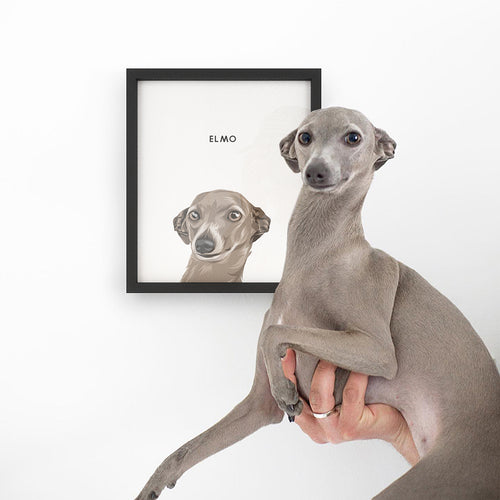
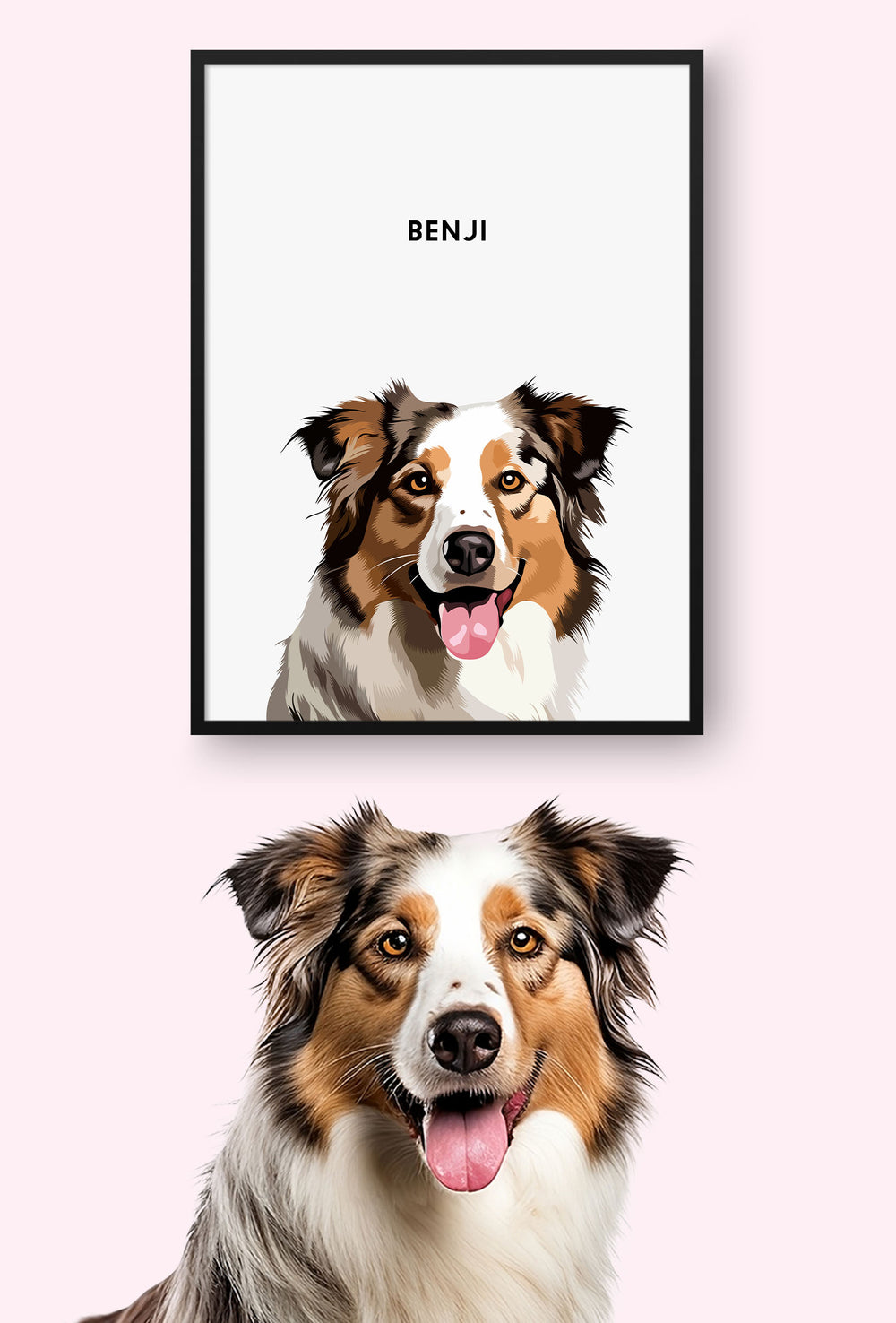
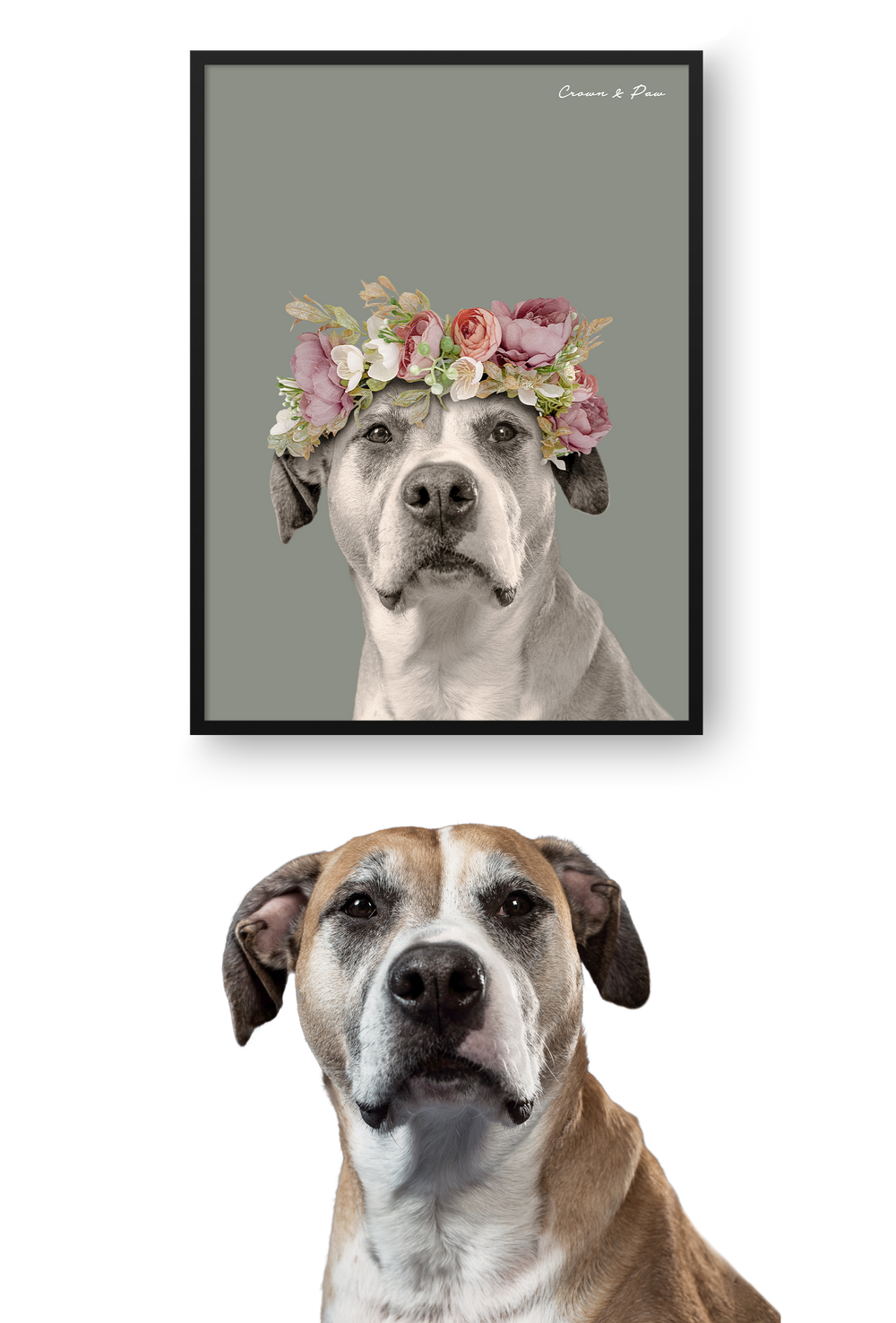
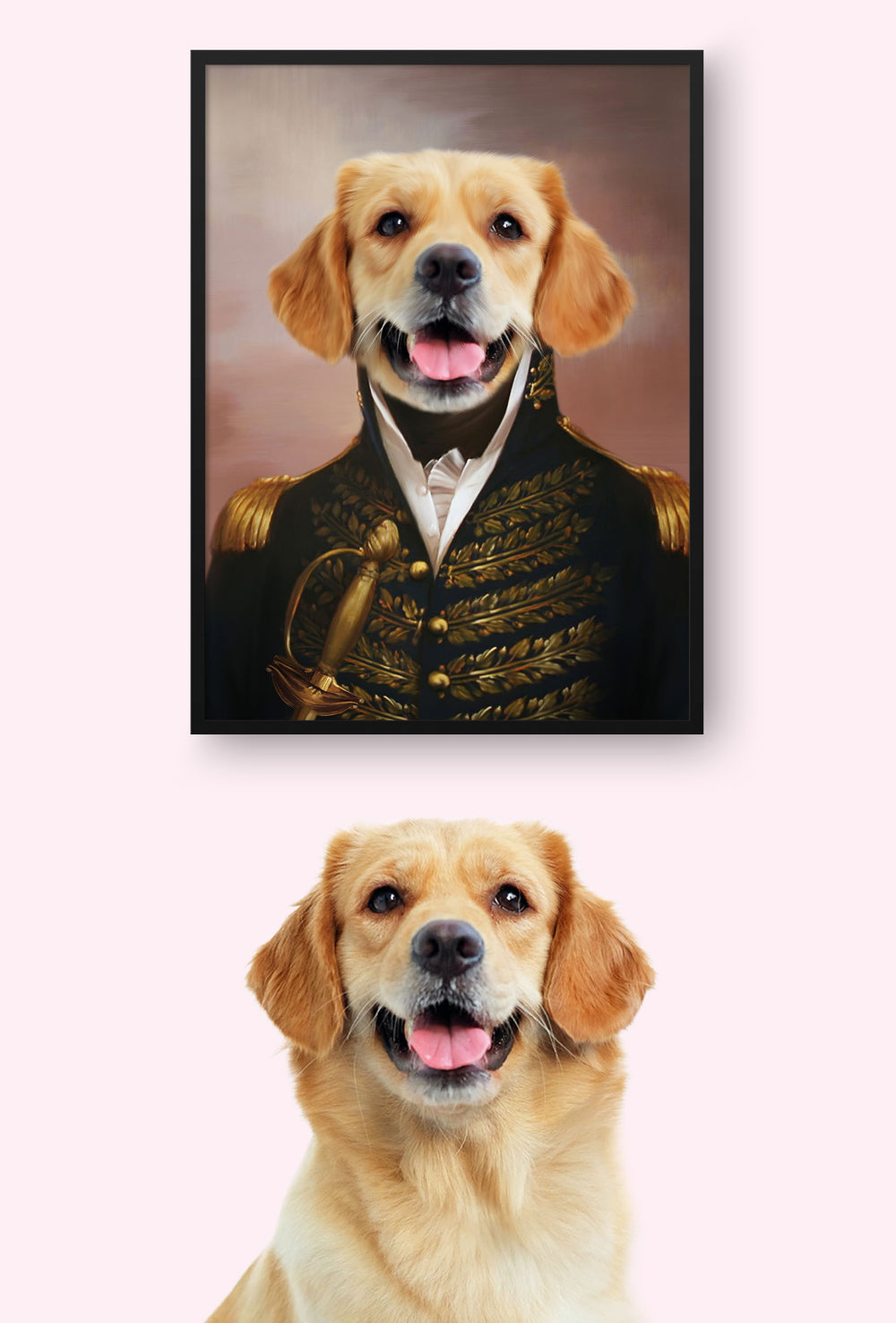
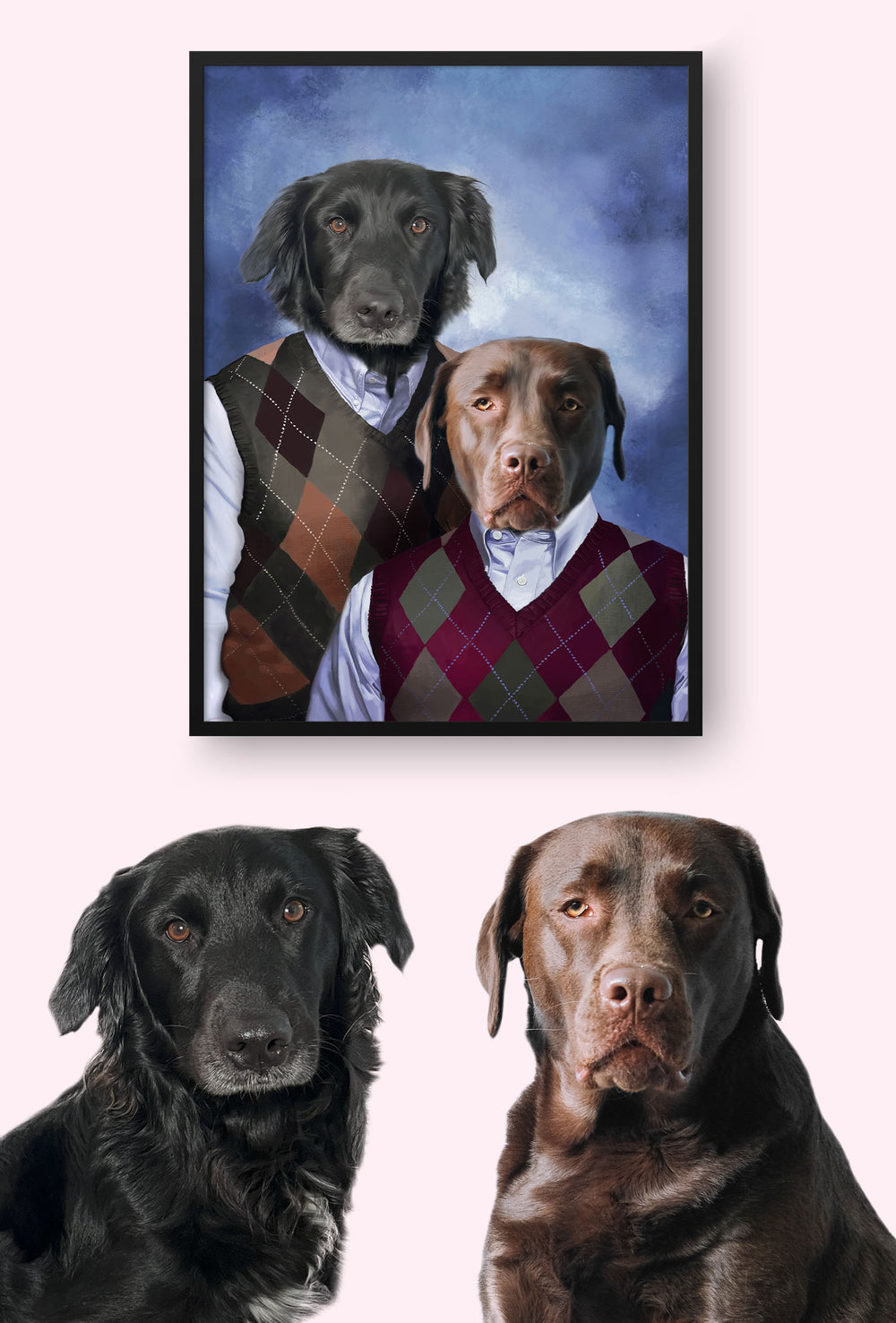




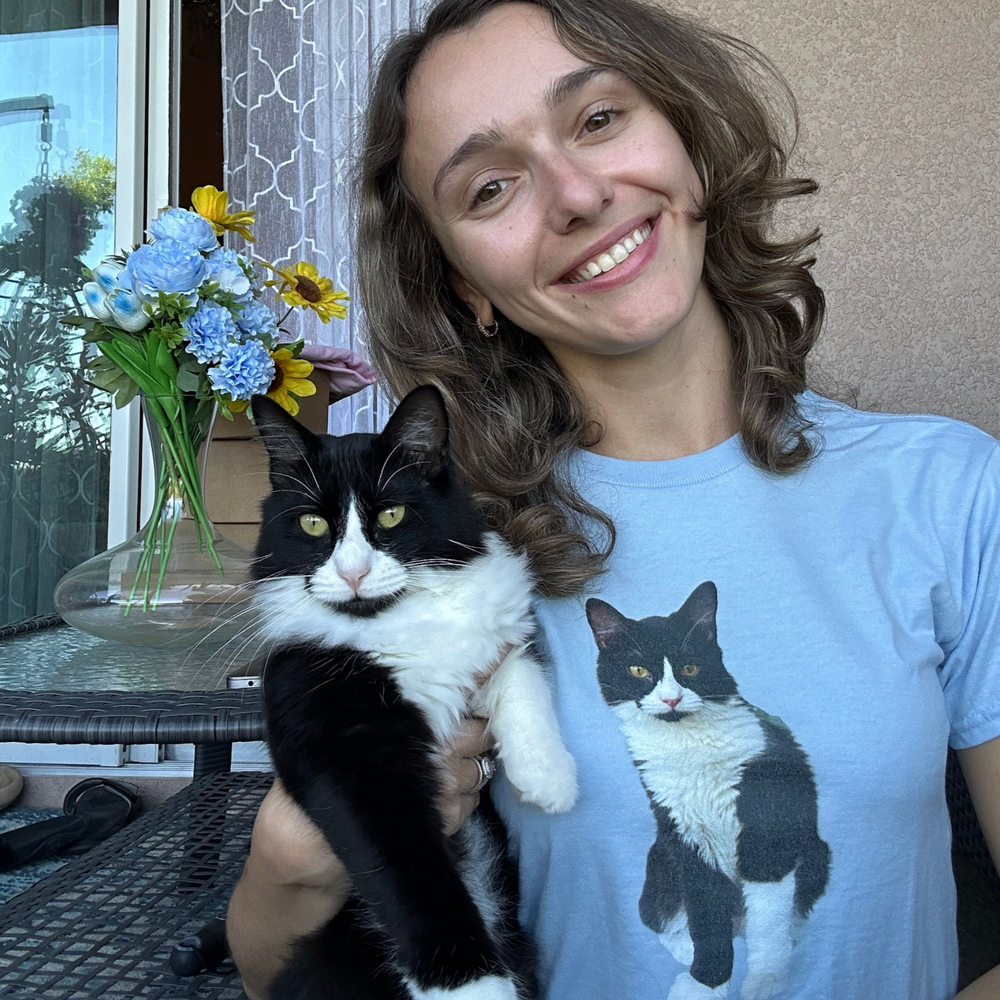
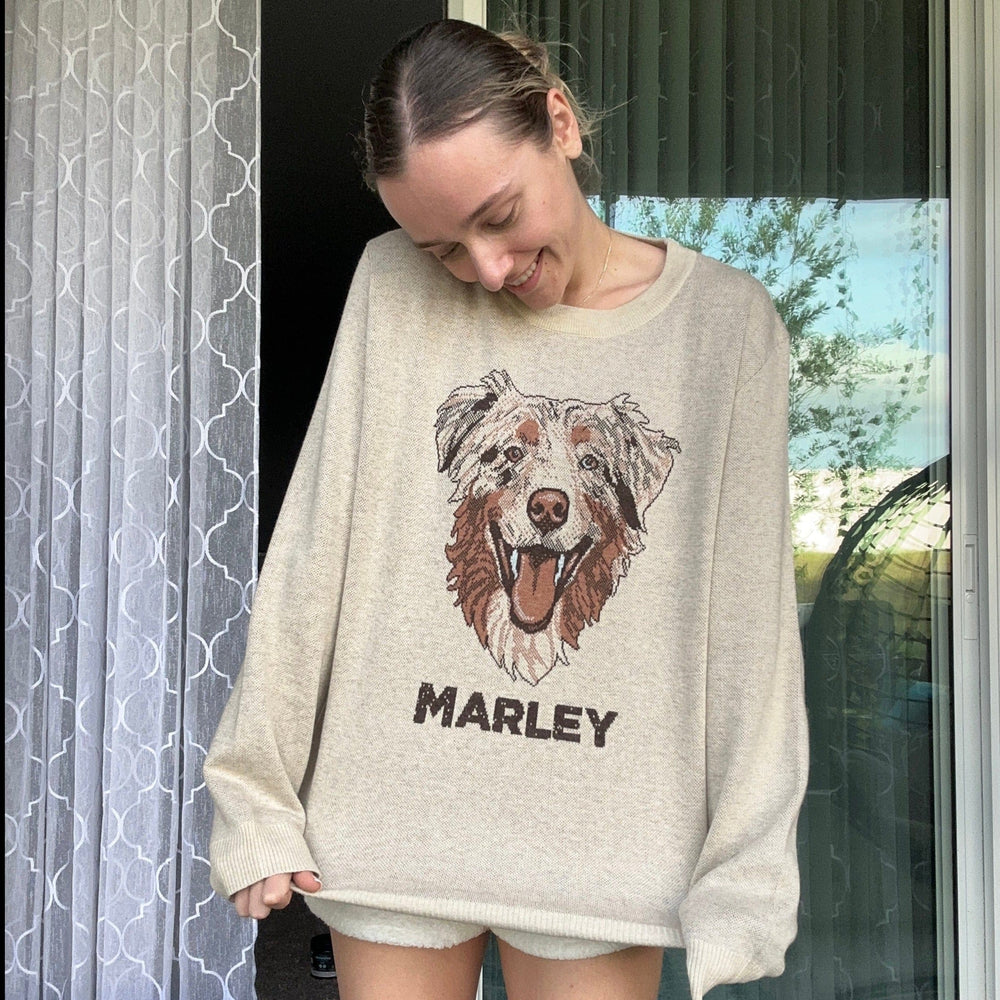


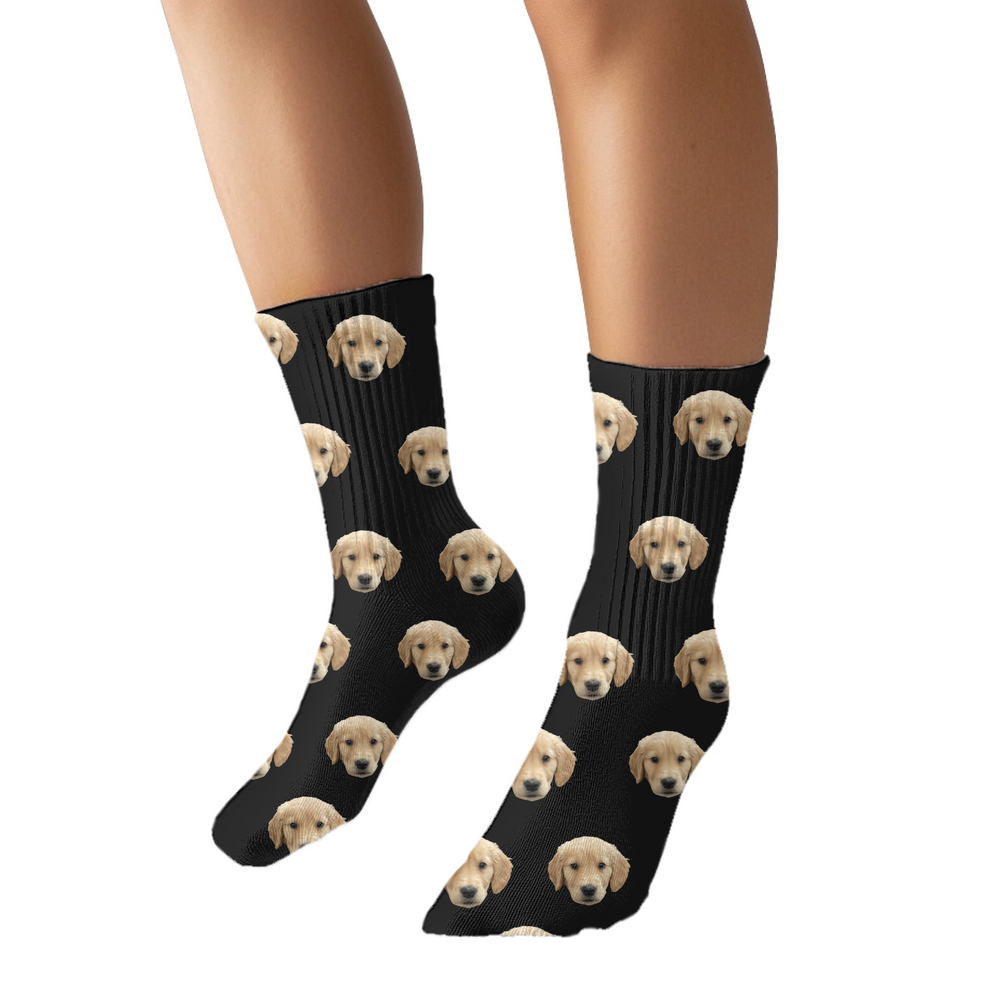

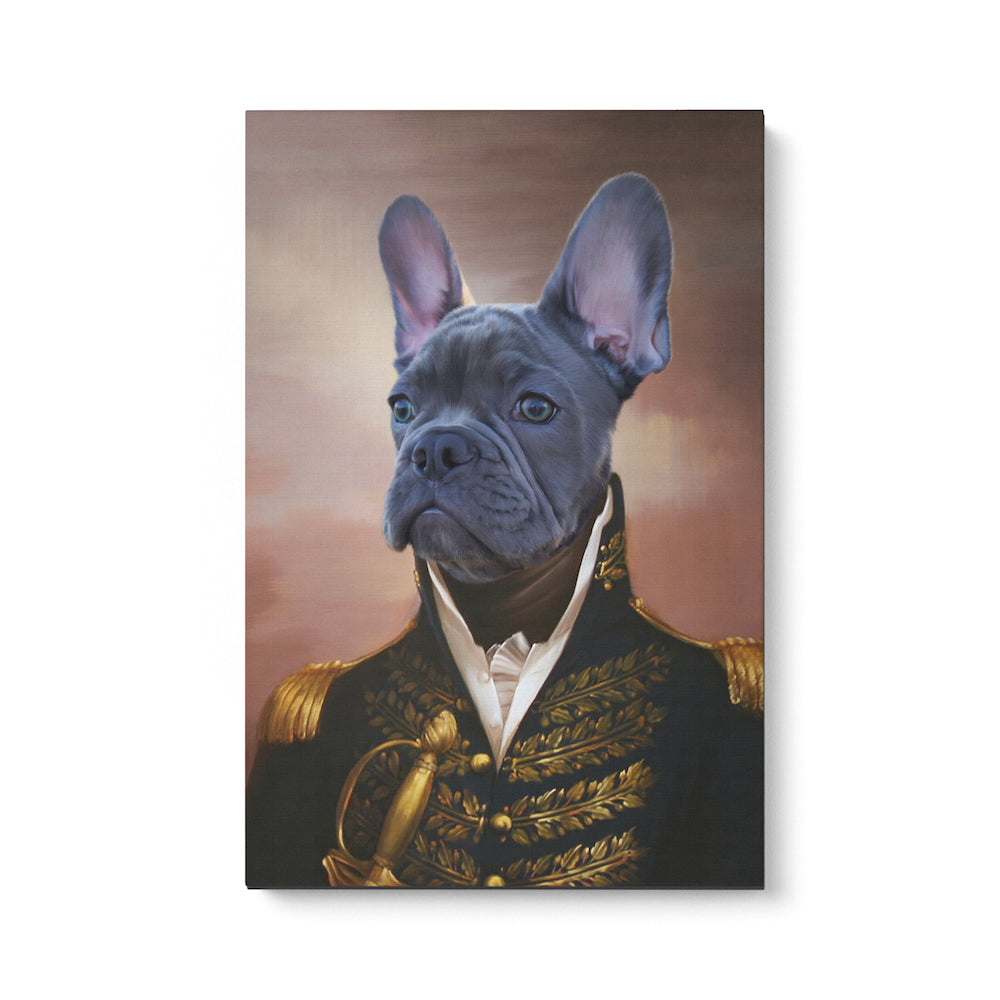
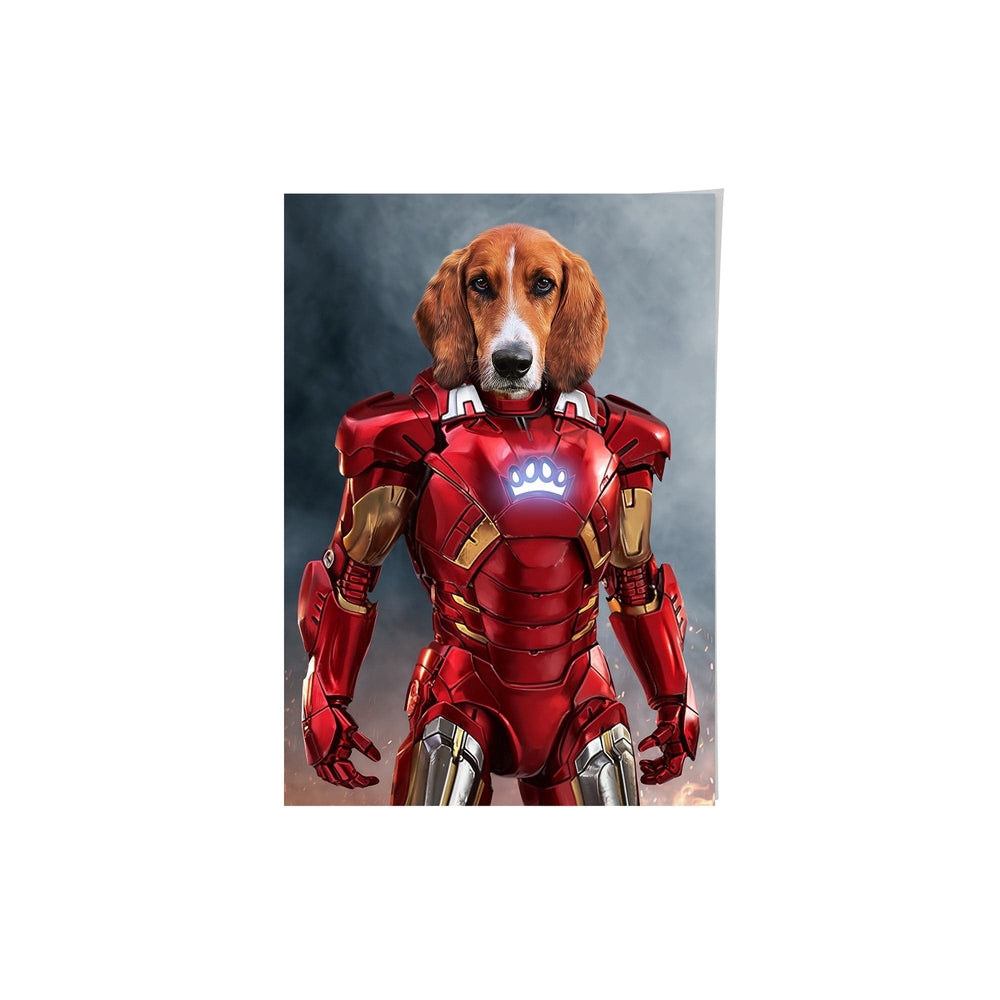
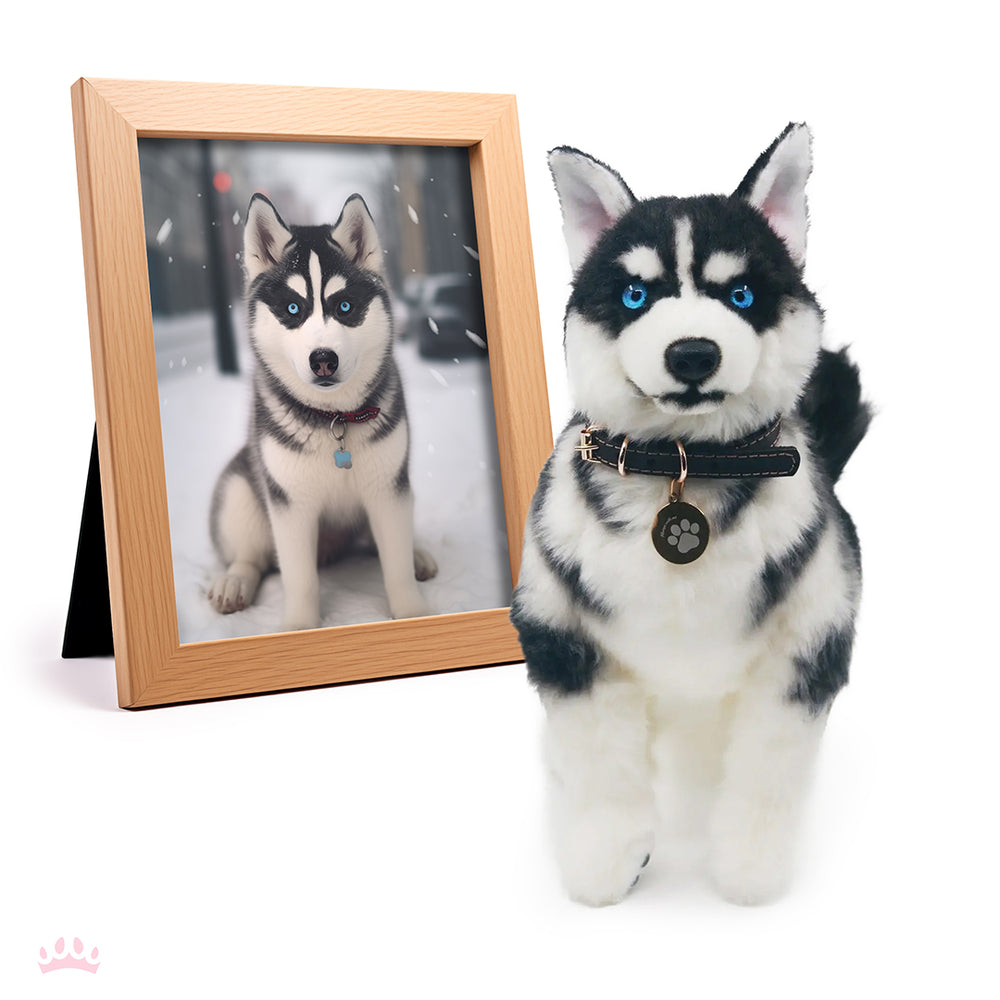
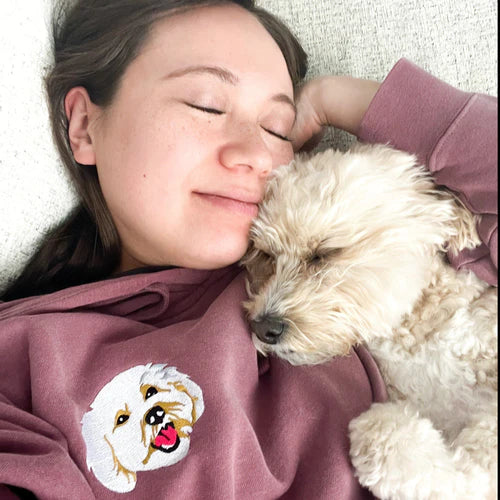
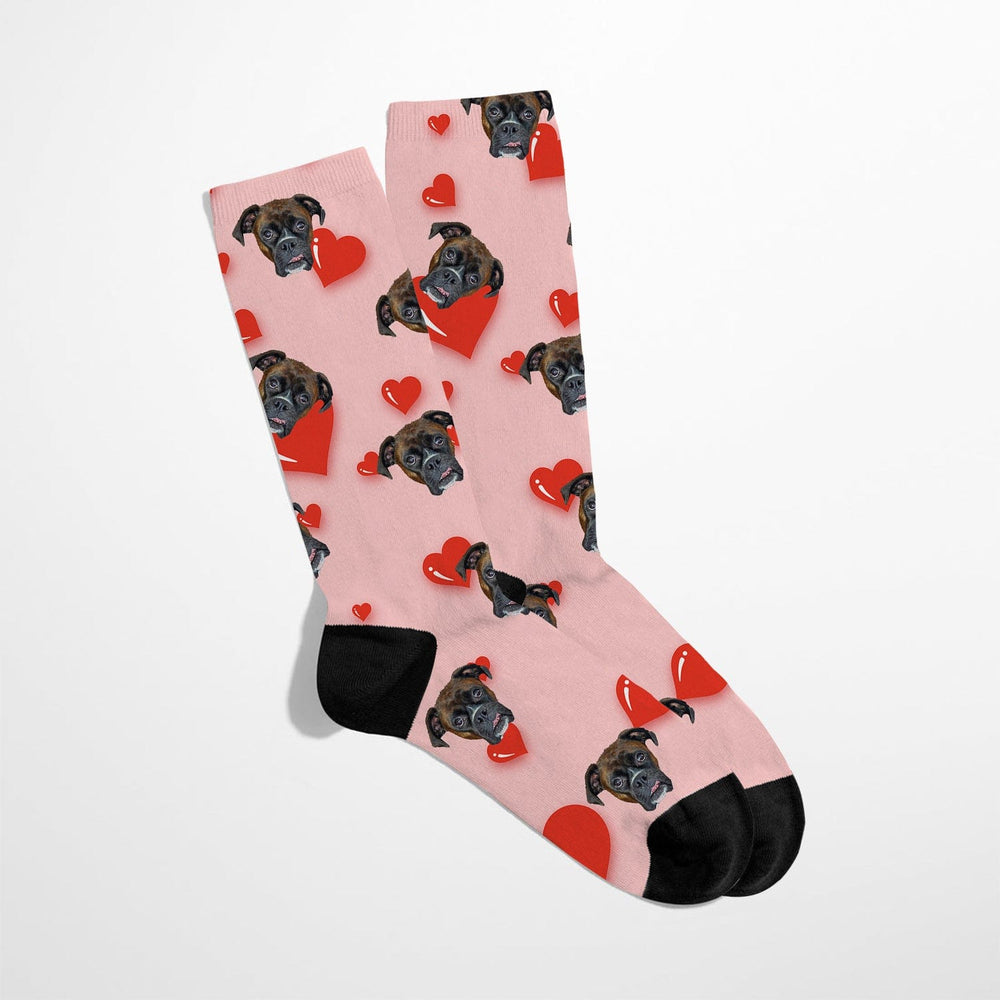

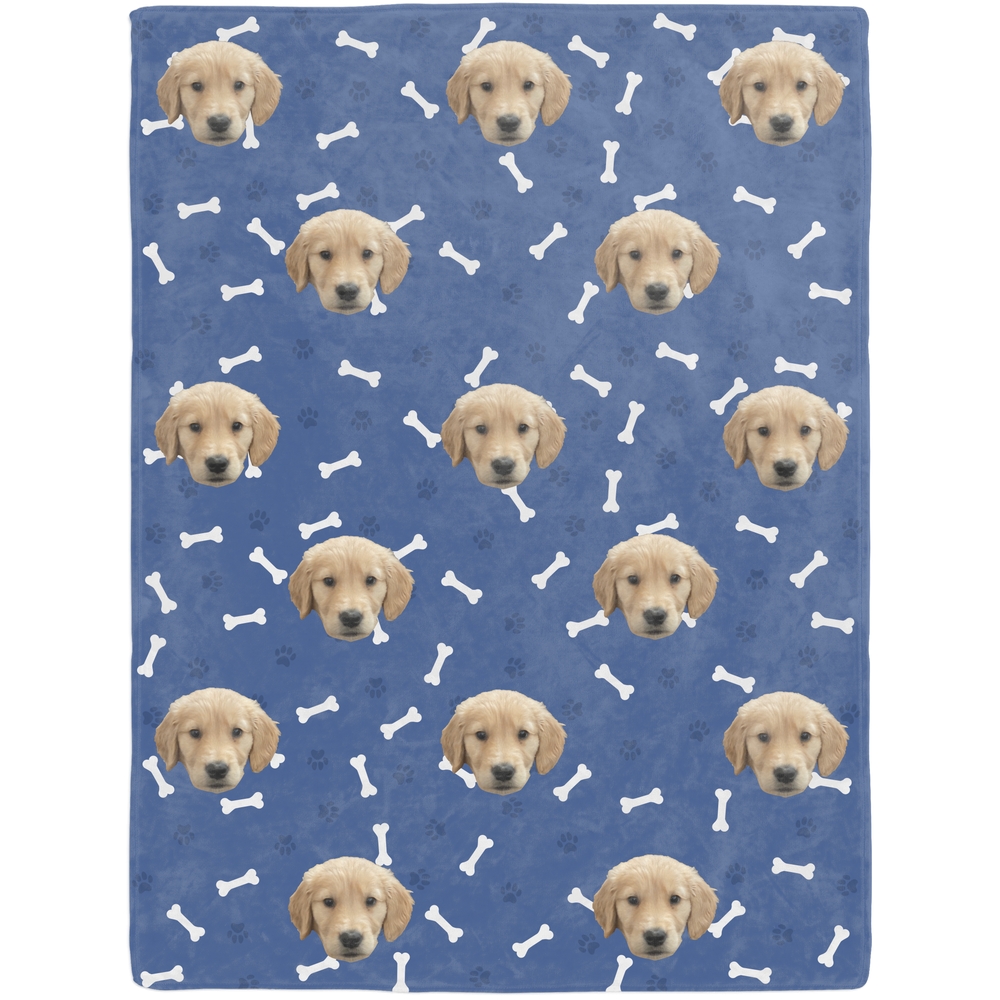


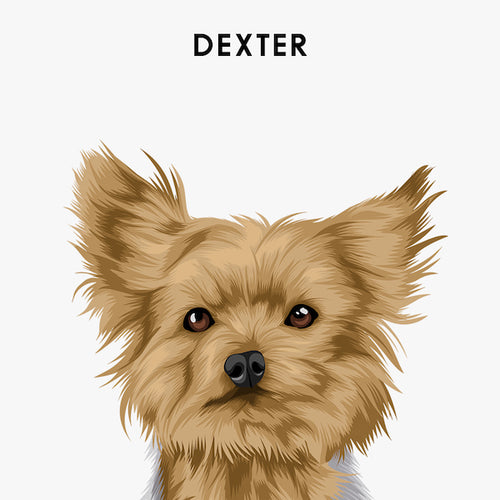


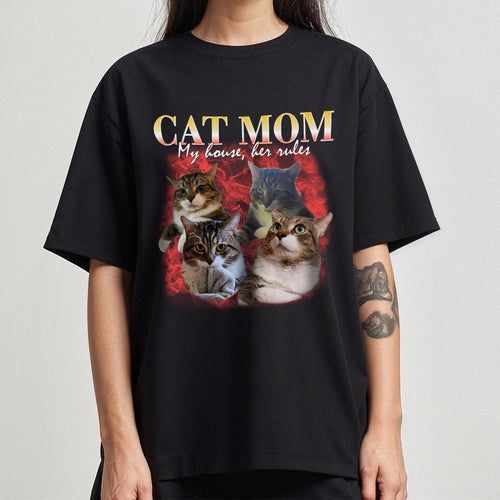



 Reviews
Reviews
 My Account
My Account
 Contact Us
Contact Us
 Help
Help
